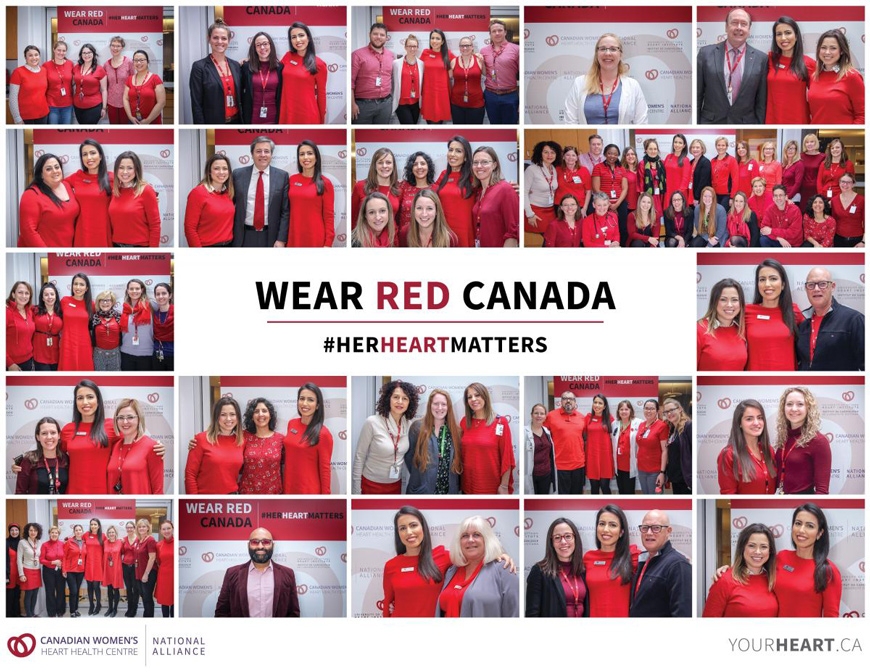Our mothers, daughters, sisters and friends may be at an enhanced risk of developing heart disease or suffering a serious heart attack in their lifetime, and what’s worse – they may not even know it. Heart disease is the number one killer of women worldwide and the leading cause of premature death in Canada, yet women are often understudied, undertreated, and underdiagnosed.
Consider this alarming statistic: Heart attack symptoms go unrecognized in 53% of women. Would you be able to recognize the warning signs if they appeared in you or someone you love? What does a heart attack even look like? If what comes to mind is the image of a man doubled over in pain and gasping for air, two hands clutching his chest – the so-called “Hollywood Heart Attack” – it may be time to brush up on your understanding of how women experience and present for heart disease.
Heart attack symptoms in women are regularly labelled “atypical” because they differ from the classic symptoms traditionally observed in men. While both men and women often report angina – sharp and crushing chest pain – before a heart attack, many women also experience an ache across the upper back and in the stomach, as well as shortness of breath and extreme fatigue.
Much of what we know about the diagnosis and treatment of heart disease – including conditions of the heart, its valves, arteries and other blood vessels – is based on research in men.
- Dr. Thais Coutinho

“Much of what we know about the diagnosis and treatment of heart disease – including conditions of the heart, its valves, arteries and other blood vessels – is based on research in men,” says Dr. Thais Coutinho, a cardiologist and Division Head of Cardiac Prevention and Rehabilitation at the University of Ottawa Heart Institute (UOHI), and Chair of its Canadian Women’s Hearth Health Centre (CWHHC). “Women’s hearts and the way they experience heart disease are different in many ways. With the right information and action, it's possible to prevent heart disease or improve your chances of surviving it to lead a healthy life.”
Canadians are encouraged to learn about the major risk factors for heart disease in women. The good news is you can dramatically decrease your chances of developing heart disease. Up to 80% of a woman's risk can be attributed to factors that are in her control to change, such as smoking, high blood pressure, and obesity. While other risk factors, such as family history, ethnicity, and age can’t be changed, knowing how they can affect your health will help you understand and manage your risk.
To learn more about what makes women different, along with risk factors, symptoms, and diagnosis of heart disease in women, and for other heart health-related tools and resources, visit yourheart.ca.
Wearing red helps the message spread
The CWHHC and its National Alliance of women’s heart health advocates across the country are calling on all Canadians to wear red clothing on February 13 as part of Wear Red Canada 2020, a national awareness campaign aimed at promoting women’s cardiovascular health.

Participating in the Wear Red Canada campaign is easy:
- Wear red clothing on Thursday, February 13, 2020.
- Share messages about women’s heart health with friends, colleagues, and family.
- Post photos of yourself with your friends, group or organization dressed in red clothing to social media using the hashtag #HerHeartMatters.
- Add a Wear Red Canada photo frame to your Facebook profile picture.
“By wearing red on February 13, you are taking part in a movement to engage Canadian communities in a meaningful conversation about women’s heart health,” says Dr. Thais Coutinho.
Several Wear Red Canada events have been organized in communities across the country. A schedule of events is available online for those who wish to take part. Find out how you can get involved by visiting wearredcanada.ca.

